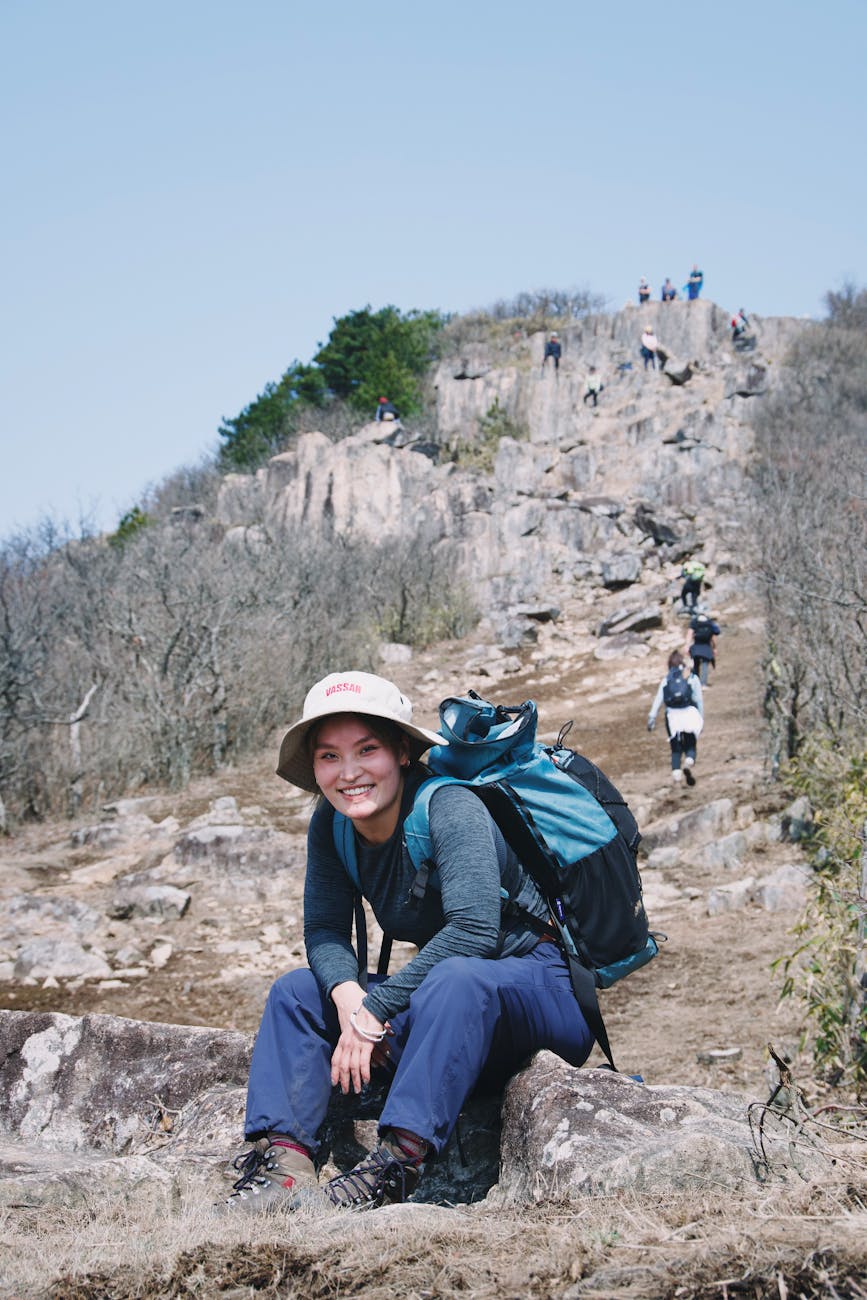Discover the Top 5 Trail Navigation Secrets for Adventurers!
Everyone loves a good journey, especially when it involves exploring the beauty of nature. Yet, navigating trails can sometimes feel daunting. This blog post brings you invaluable tips that seasoned adventurers use to conquer the wild confidently. By diving deep into trail navigation secrets, you’ll soon elevate your outdoor adventures and enjoy every moment while hiking, camping, or simply wandering. So, grab your gear and let’s dive into these essential secrets that every adventurer should know!
Do you ever feel lost or unsure while trekking through the wilderness? Fret not! This guide unearths the top five navigation techniques which will refine your skills and enhance your confidence. Equipping yourself with these tips will ensure that you never lose your way again, allowing you to immerse yourself in the beauty of the trails. With a positive mindset, each adventure can turn into a memorable experience that refreshes your soul while you explore the great outdoors.
Table of Contents
- Secret 1: Always Carry a Physical Map
- Secret 2: Master the Compass
- Secret 3: Leverage Smartphone Apps
- Secret 4: Observe Landmarks
- Secret 5: Trust Your Instincts
Secret 1: Always Carry a Physical Map
In a world increasingly dependent on technology, it’s easy to overlook the classic navigation tool: the physical map. This invaluable resource allows adventurers to visualize their surroundings, assess elevations, and understand potential hazards. A map doesn’t rely on battery life or signal strength and can be a lifesaver in remote areas. Familiarize yourself with the symbols and scale on the map so you can make quick decisions during your hike. Not only does this skill enhance your sense of direction, but it also connects you with the landscape in a way GPS cannot.
But here’s a twist: cultivating the habit of map-reading enhances your overall exploration experience. When you unfold a map, you’re not just glancing at lines and symbols; you’re immersing yourself in the journey ahead. You can plan routes that align with your preferred difficulty levels. This level of preparation transforms a simple hike into a well-thought-out adventure, making it not just about reaching a destination but truly engaging with nature along the way.
Secret 2: Master the Compass
While the modern-day adventurer enjoys technological aids, the basic compass remains an indispensable asset. Though it may seem old-fashioned, honing your skills with a compass will prepare you for situations where technology fails. Understanding how to read a compass and align it with your map empowers you to identify your position accurately. Learning to adjust for declination can be an enlightening experience that enhances your navigation prowess, making you more self-sufficient in the wild.
Moreover, mastering compass navigation offers a refreshing perspective. It encourages a deeper connection with your surroundings as you pay attention to the details and relate them to your compass. As you stand in the woods with a compass in hand, you’re prompted to engage in a dialogue with nature; you learn to trust your judgment based on the terrain and the bearings you take, fostering a sense of empowerment that lasts beyond the trail.
Secret 3: Leverage Smartphone Apps
Embracing technology doesn’t mean you have to rely solely on it, but knowing how to use navigation apps effectively can add a modern twist to your adventures. Numerous apps provide offline maps, trail information, and real-time location tracking. By downloading these apps before your journey, you can access crucial information even in areas with no cellular service. Make it a point to explore the app’s features, such as saving routes or marking points of interest, which could enhance your adventure experience tremendously.
Additionally, incorporating apps into your routine serves as a form of supplementary training. They help visualize complex routes that may seem overwhelming on paper and add an educational element to your explorations. Every time you check your app, you’re also gaining insights about your surroundings, improving your situational awareness, and making informed decisions that contribute to safer, more enriching adventures.
Secret 4: Observe Landmarks
During your trek, develop a keen sense of observation by continuously identifying visible landmarks. These could range from distinct rock formations to towering trees or even rivers. Such natural indicators become your companions on the journey, guiding your decisions and offering a sense of direction. This approach not only helps you navigate effectively but also allows you to appreciate the breathtaking landscapes around you, prompting mindfulness as you wander through the wilderness.
This technique transforms plain navigation into vibrant storytelling. Each landmark holds a memory or a lesson from your journey; documents of your experiences within nature. Revisiting these markers over time can solidify your understanding of the terrain, turning them into valuable reference points in your future excursions, enriching each outing with both knowledge and nostalgia.
Secret 5: Trust Your Instincts
In moments of uncertainty, always remember that your instincts can be one of your best navigation tools. Coupled with the skills you’ve gained and the knowledge of your surroundings, honing your intuition can lead to surprising discoveries. If something doesn’t feel right, take a moment to reassess. Your gut feeling often holds more truth than you realize, encouraging self-awareness and resilience in the face of challenges.
Moreover, trusting your instincts nurtures a deep-rooted confidence that radiates throughout your adventures. As you become accustomed to listening to your internal compass, every step becomes more deliberate and purposeful. This effortless trust lays the groundwork for countless choices along the trail, leading to vibrant experiences that make each hike uniquely yours.
Final Thoughts Before the Journey
Equipping yourself with these top five trail navigation secrets can truly transform your experience outdoors. By embracing both traditional navigation methods and modern technological tools, you unlock the potential to explore with confidence and joy. Each method offers distinct advantages that cater to various styles of adventuring, but ultimately, the most vital lesson is to remain curious and aware of your surroundings. As you blend these secrets into your routine, watch how every hike unfolds into a beautiful tapestry of memories, lessons, and breathtaking landscapes.
Frequently Asked Questions
- What should I do if I get lost on a trail?
Remain calm and take a moment to gather your thoughts. Use your map and compass to locate key landmarks, and try to retrace your steps while being mindful of distinct features around you.
- How can I prepare for a day hike?
Ensure you pack essentials such as water, snacks, a map, a compass, and a fully charged smartphone. Dressing in layers and checking weather conditions in advance will further enhance your preparedness.
- Are navigation apps reliable?
They can be very useful, especially when used offline. However, it’s crucial to understand how to navigate without them, as technology can sometimes fail in remote areas.
- Is it necessary to have a guided tour for hiking?
Not necessarily! Many seasoned hikers thrive on self-navigation. However, beginners may benefit from guided tours to build a strong foundation before venturing out alone.
Image Credit: Pexels





